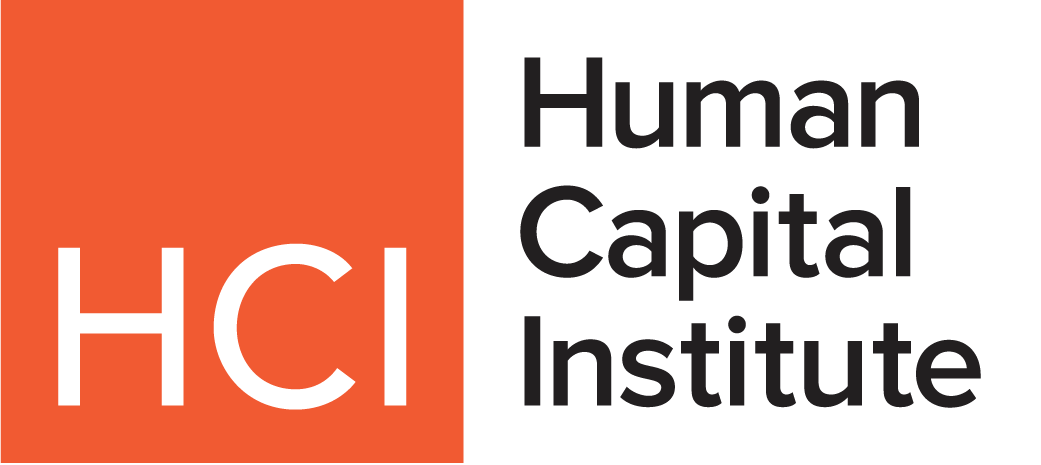The education sector is faced with a whirlwind of changes, from delays of billions in expected federal education funds for K-12 schools to the actions that redefine the federal government’s future role in education.
As conversations arise around how changes targeting education will impact students in the near-term, it’s critical that these discussions also explore how the fallout of these decisions extends far beyond the classroom. The alarming reality is that cuts placing critical school programs, like STEM (science, technology, engineering, and mathematics), on the chopping block are also detrimental to the nation’s future technology workforce.
The U.S. is currently struggling with a talent shortage across STEM professions, and deprioritizing STEM education within schools will only further this gap. As the U.S. aims to position itself as a global leader in emerging technologies like AI, establishing a strong STEM workforce is essential, and these cuts will directly hinder the nation’s goal in building the resilient workforce necessary to advance us forward.
As education cuts continue, the already existing talent gap in the field will widen, making it imperative for HR leaders to consider how they can take an active role in increasing access to STEM resources for students.
Critical Skills Transfer from the Classroom to the Workplace
The U.S. is already seeing rapid tech advancements fuel the demand for more workers with STEM occupations anticipated to grow 10.4% between 2023–2033. Despite this rising need for a robust workforce, the nation doesn’t have enough skilled STEM professionals to fill those roles.
Engaging students with STEM early on during their K-12 education actually increases their interest in pursuing a career in the field when they enter the workforce. STEM curriculum and programs in schools play an integral role in fueling the workforce pipeline by not only helping to spark interest but also instilling a strong foundation of skills that equips students to excel once they enter the field.
Through STEM programs, students are able to develop a breadth of skills from problem solving to creative thinking to core technical competencies including coding and utilizing AI tools. This hands-on exposure not only equips students to excel in the classroom, but also in the workplace as they begin their career journey. As the barrier to entry-level jobs continues to grow, young professionals who enter the workforce with an existing base of skills are helping to set themselves up for success.
STEM education and programs play a fundamental role in fueling the next generation of workers but, as the education landscape undergoes immense changes, how can the U.S. guarantee funding cuts across schools won’t further the workforce shortage?
How HR Leaders Can Bolster STEM Education
Building STEM leaders doesn’t need to hinge on billions in funding, and schools shouldn’t have to carry the weight of this challenge alone. In fact, tech companies are in a prime position to be STEM resources within their communities and HR leaders at these companies currently have a unique opportunity to bolster access to STEM education for students.
While budgets toward STEM curriculum and programs in schools are currently limited, HR leaders can design approaches that enables their companies to improve accessibility to STEM resources including:
- Building Local School Partnerships: Partnering with local schools and universities allows companies to build critical relationships within their communities. HR leaders can help spark student and educator interest in STEM by coordinating leadership talks where employees in relevant roles come and offer an inside look into their role and the broader impact their work has in the field. These partnerships also offer schools vital guidance on the latest skills companies are seeking for STEM roles to inform program curriculum. These partnerships not only fuel STEM participation but also help to create a strong talent pipeline for companies.
- Creating STEM Internship Opportunities: Meaningful hands-on experience is a top benefit students gain from STEM programs. These internship roles allow STEM students to apply their classroom learned knowledge in real-world settings. This provides crucial experience toward the development of critical professional skills and assists in identifying potential STEM career paths.
- Developing STEM Programs: Now is the time for HR leaders to explore how their company can develop their own STEM programs that aim to inspire students to explore STEM. As schools face cuts, companies can step up to the plate to make sure STEM programs remain accessible. This can range from establishing programs that offer resources like equipment to schools, training programs for mentors and teachers or even something wider scale like building a STEM competition for students to participate in.
During a time where the STEM talent gap is widening, HR leaders should actively be taking steps to minimize the widespread impact school budget cuts will have. By encouraging STEM participation and offering resources within their local communities, HR leaders can help close this gap by preparing the leaders of tomorrow with the skills they need.
Now is the Time to Fuel STEM, Not Fall Behind
In the global race to lead in areas like AI and quantum computing, the U.S. can’t risk expanding the STEM workforce gap and falling further behind.
To remain agile, we must recognize the indispensable role STEM education plays in not only fueling more interest in careers in the field, but also in helping equip professionals with critical skillsets before they’ve even entered the workforce.
As schools continue to navigate funding cuts targeting critical curriculum and programs, HR leaders can take a more concerted effort to look at the role they can play in helping to increase access to STEM education within their local communities.
W. Duncan Kane is VP of Toshiba America Foundation.




